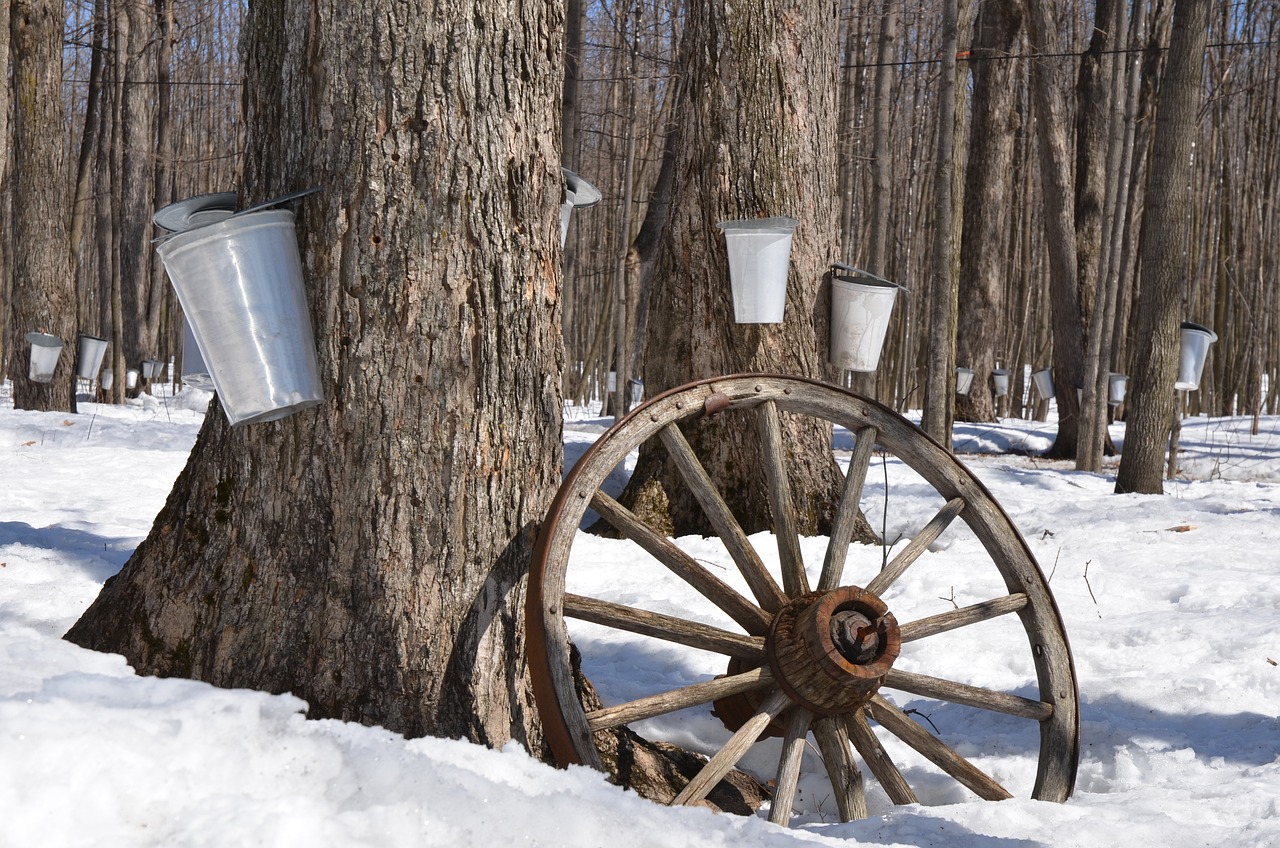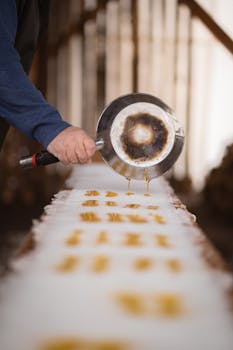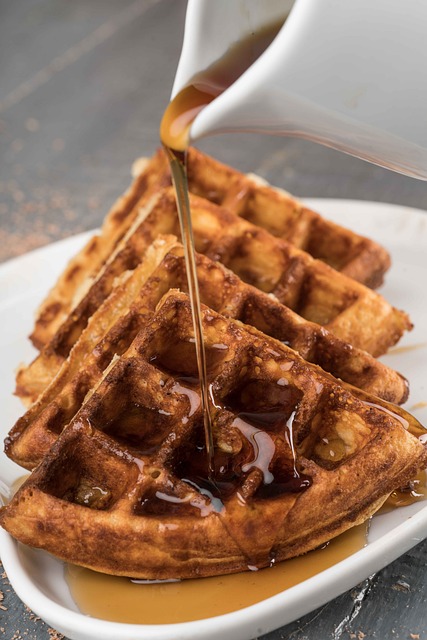Your cart is currently empty!
Maine Maple Syrup

The practice of making maple syrup was first developed by the Indigenous peoples of Northeastern North America. They discovered that the sap from maple trees could be collected and boiled down to create a sweet syrup. Legends from various tribes tell different stories about how this discovery was made, often involving accidental spills or divine intervention.
Maine Maple Syrup
Although we have a little more modern spin than the original inhabitants of the Northeast, basically it’s made in the same way.
Making maple syrup is a labor of love and a bit of alchemy! To produce one gallon of maple syrup, it typically requires about 40 gallons of maple sap. This ratio can vary slightly depending on the sugar content of the sap, but 40:1 is a commonly accepted standard.




The process involves collecting the sap, then boiling it down to evaporate the excess water, concentrating the sugars to create that rich, sweet syrup we all love.
Many larger operations use RO machines, (Reverse Osmosis) to remove a lot of the water content in the sap prior to boiling. This reduces the energy required to make the finished product. Unfortunately, we do not have an RO machine at this time. We just boil the ole fashion way.
Rip, (the dog) and I started replacing all the tubing. We phased out buckets for the most part for a number of reasons.
Using tubing to tap maple trees offers several advantages over traditional collection buckets:
1. Efficiency
Tubing systems allow sap to flow continuously from the trees to a central collection point, reducing the need for manual labor to gather sap from individual buckets. This streamlines the collection process and saves time and effort.
2. Hygiene
Tubing systems are more hygienic because they minimize the exposure of sap to open air and contaminants. Buckets can sometimes collect debris, insects, or other impurities, which can affect the quality of the sap.
3. Consistency
Tubing ensures a more consistent flow of sap as it is less affected by weather conditions such as wind or rain, which can cause buckets to tip over or fill with water.
4. Higher Yield
Tubing systems often lead to higher sap yields because they can be set up to maximize the number of taps per tree and optimize sap flow. This can result in a more efficient and productive sap collection.
5. Cost-Effectiveness
In the long run, tubing systems can be more cost-effective, despite the initial investment in equipment. They reduce labor costs and increase production efficiency, leading to higher profitability for maple syrup producers.
6. Sustainability
Tubing systems can be more sustainable for the trees as they allow for less invasive tapping methods and can be set up to minimize damage to the trees over time.
Overall, tubing provides a modern and efficient method for maple syrup production, ensuring higher quality and quantity while reducing labor and improving sustainability.
Maple syrup is a fantastic natural sweetener that offers several benefits:
Natural and Minimal Processing
Maple syrup is derived from the sap of maple trees, undergoing minimal processing. This means it retains more of its natural nutrients compared to heavily processed sweeteners like white sugar.
Rich in Nutrients
Maple syrup contains essential minerals like manganese, zinc, calcium, and potassium, as well as vitamins like riboflavin. These nutrients can provide some health benefits and support overall well-being.
Lower Glycemic Index
Maple syrup has a lower glycemic index compared to refined sugar, meaning it causes a slower rise in blood sugar levels. This can be beneficial for managing energy levels and avoiding the sharp spikes and crashes associated with high-glycemic sweeteners.
Distinct Flavor
The unique, rich flavor of maple syrup makes it a versatile sweetener that can enhance a variety of dishes. Its earthy sweetness pairs well with both sweet and savory recipes, from pancakes and waffles to marinades and glazes.
Antioxidants
Maple syrup contains antioxidants, which help fight oxidative stress and inflammation in the body. These compounds can contribute to overall health and may offer protective benefits.
Natural and Vegan
As a plant-based product, maple syrup is suitable for vegans and those seeking natural alternatives to animal-derived sweeteners like honey.
Versatility
Maple syrup can be used in cooking, baking, and beverages. It can substitute for sugar in recipes, provide a natural sweetener for drinks, or serve as a topping for various foods.
Overall, maple syrup offers a natural, nutrient-rich, and flavorful alternative to refined sugars and artificial sweeteners, making it a great choice for those looking to add a touch of sweetness to their diet.
I’d say we use maple syrup as a sweetener 80% of the time. Did I mention maple candy?
